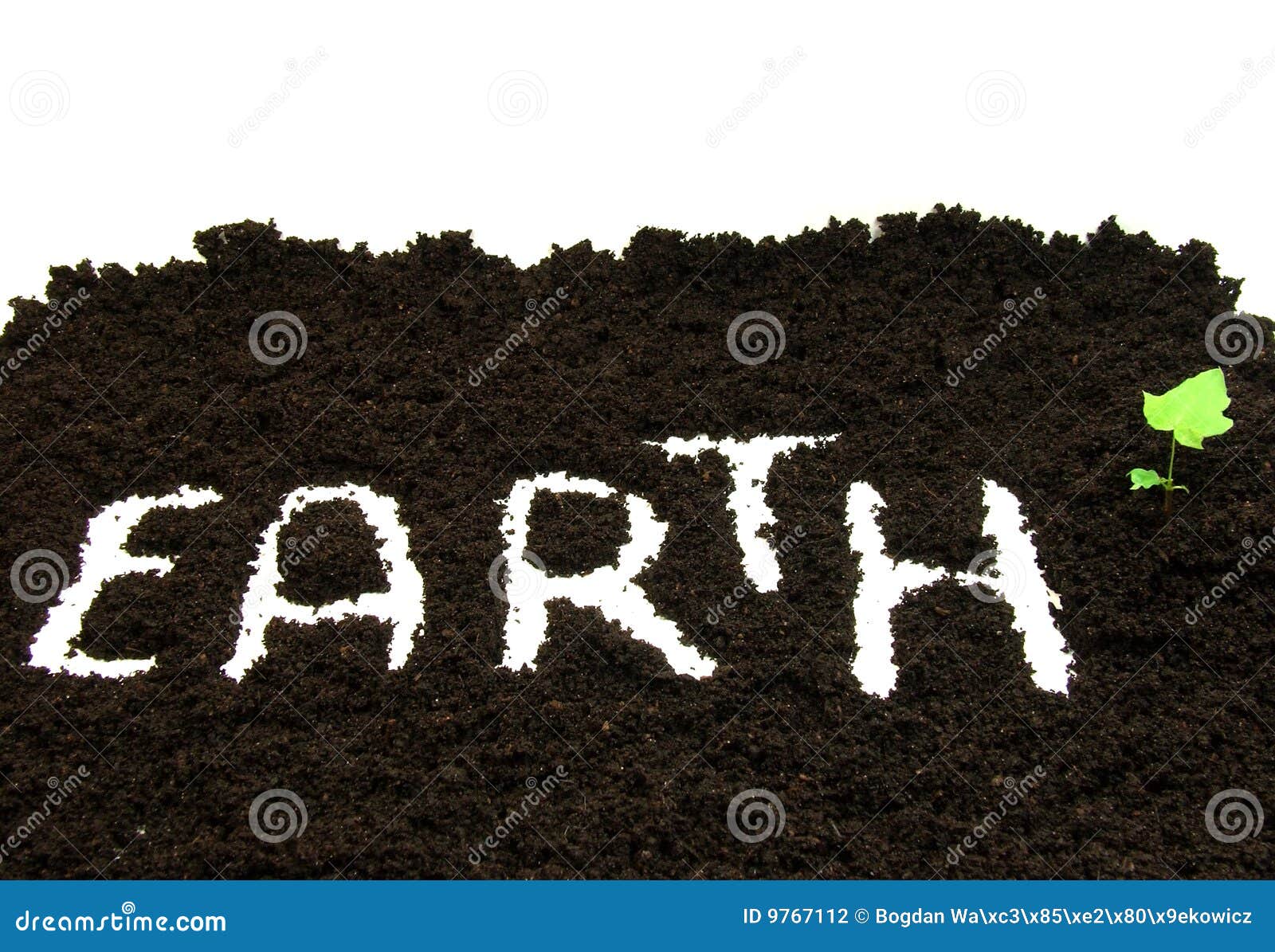

Evolving from Land Art, Environmental art also rethinks the importance of the exhibition space and seeks other places where art can happen and where art can exist.This demands that viewers and audiences rethink how they "see" the world around them and pay more direct attention to the minute and distinct parts that make up what we may overlook as a cohesive environment. Moreover, in choosing to situate their work in specific places, Environment art often seeks to both transform the way that the site is viewed, whilst also revealing what was already there. Environmental artists often use natural materials such as leaves, flowers, branches, ice, soil, sand, stone, and water as the very basis of their artwork.Moreover, by working in collaboration with organic landscapes, Environmental artists fall subject to the uncontrollable cycles of the seasons with their processes of flowering, erosion, molding, and decay. This means they deeply consider the impact that they as individuals have on nature and do not sacrifice its health or wellbeing in order to create work. Environmental artists aim to work in harmony with the natural environment rather than disrupt it.This changes the way we think about the site of artistic production as opposed to using the artist's studio as the sole location in which to create, Environmental artists engage the natural world in a much more active and immediate way either by working in new ways outside, or by bringing natural materials into new settings. Environmental artists seek to investigate our human relationship with the environment through embedding their artistic practice within it.(Read more about Stonehenge in National Geographic magazine. (Read more about Stonehenge in National Geographic magazine.) And lastly, it is about documenting the journey to the remote landscapes, or canvases, where these installations emerge. It sometimes manifests as a trench excavated in the middle of nowhere or the alignment of spectacular celestial views through cement pipes. It is creating ephemeral drawings along coastlines and making enormous and permanent creations in the desert. Such creative fieldwork could be considered Earth art, or land art-a movement that started in the 1960s to draw attention to the natural world, expand the definition of sculpture, and to reject the commercialization of art, according to Kelly Kivland, a curatorial associate at the Dia Art Foundation, which maintains several Earth art installations around the U.S.Įarth art is landscaping on a larger-than-life scale.

Their designs, some up to three-quarters of a mile wide, started to appear in the 1970s. To stamp out their drawings, artists use stomper-boards that press down corn, wheat, and other crops. Once thought to be the work of aliens, crop circles-mysterious patterns that often appear overnight across large swaths of farmland-are now the work of ambitious artists. is also famous for the prehistoric monument Stonehenge. Crop circles decorate a wheat field in Wiltshire County, England.


 0 kommentar(er)
0 kommentar(er)
